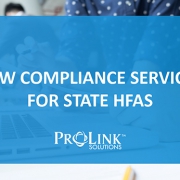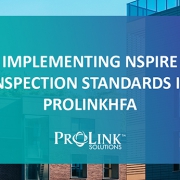A Multi-Perspective View on Upcoming Affordable Housing Changes
As we gather at AHF Live 2024 in Chicago, the affordable housing sector stands at a pivotal juncture. The recent election of Donald Trump for a second term brings a renewed focus on housing policies that will significantly influence investors, syndicators, and developers. This year’s conference agenda offers timely insights into navigating the evolving landscape.
Investor’s Perspective: Navigating Economic Policies and Market Dynamics
Investors in affordable housing are closely monitoring the economic policies of the incoming administration. President Trump’s proposed tax cuts and deregulation efforts aim to stimulate economic growth, which could lead to increased investment opportunities. However, these policies may also contribute to higher inflation and elevated mortgage rates, potentially impacting the affordability of housing projects. The National Association of Realtors estimates that the average rate on a 30-year mortgage will fluctuate between 5.5% and 6.5% during Trump’s second term.
At AHF Live 2024, sessions such as “Finance: Bond Financing Update” provide investors with strategies to mitigate interest rate risks and explore alternative financing mechanisms. Understanding these financial instruments is crucial for maintaining the viability of affordable housing investments in a potentially volatile economic environment.
Syndicator’s Perspective: Adapting to Policy Shifts and Funding Mechanisms
Syndicators play a vital role in structuring deals and securing capital for affordable housing projects. The Trump administration’s emphasis on deregulation and potential modifications to housing programs necessitate a proactive approach to deal structuring. The “Nuts and Bolts of Deal Structuring” workshop at AHF Live 2024 offers valuable insights into adapting to these policy shifts.
Additionally, the administration’s plans to utilize federal land for housing development present new opportunities and challenges. Syndicators must assess the feasibility of projects on federal land, considering factors such as location, infrastructure, and regulatory compliance. Engaging with sessions like “Developers’ Roundtable: Opportunities and Challenges” can provide syndicators with diverse perspectives on capitalizing on these emerging opportunities.
Developer’s Perspective: Embracing Innovation and Regulatory Changes
Developers are at the forefront of implementing affordable housing initiatives. The administration’s focus on reducing regulatory barriers aligns with developers’ goals of streamlining project approvals and reducing costs. However, the potential rollback of programs like Affirmatively Furthering Fair Housing (AFFH) may impact funding and compliance requirements.
AHF Live 2024 addresses these concerns through sessions such as “What’s Ahead at HUD,” offering developers insights into anticipated policy changes and their implications. Furthermore, the conference’s emphasis on innovation is evident in sessions like “Cutting-Edge Innovations in Affordable Housing,” encouraging developers to adopt new technologies and methodologies to enhance project efficiency and sustainability.
Conclusion
The intersection of policy changes and market dynamics under Donald Trump’s second term presents both challenges and opportunities for stakeholders in the affordable housing sector. AHF Live 2024 serves as a crucial platform for investors, syndicators, and developers to gain insights, share strategies, and collaborate on solutions to advance affordable housing development in this evolving landscape.











